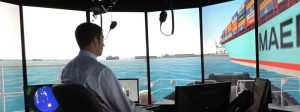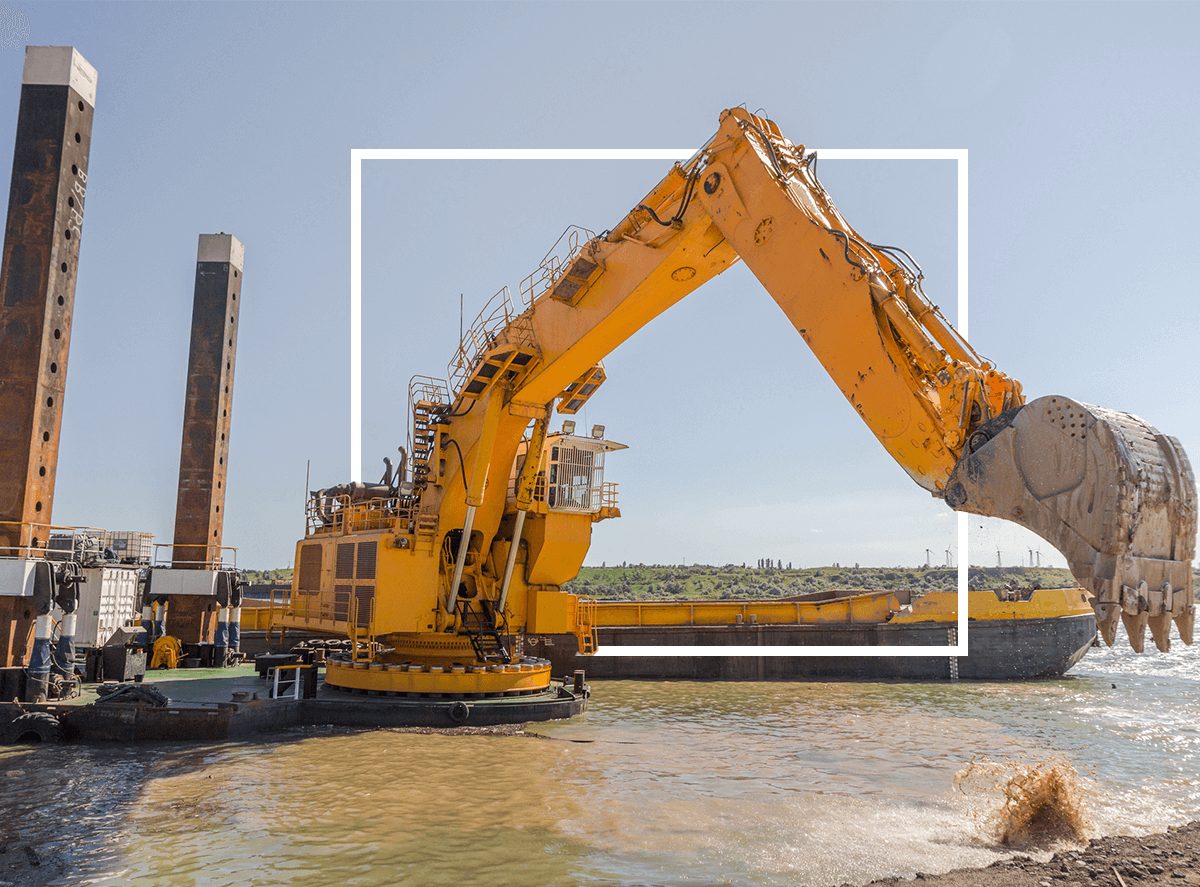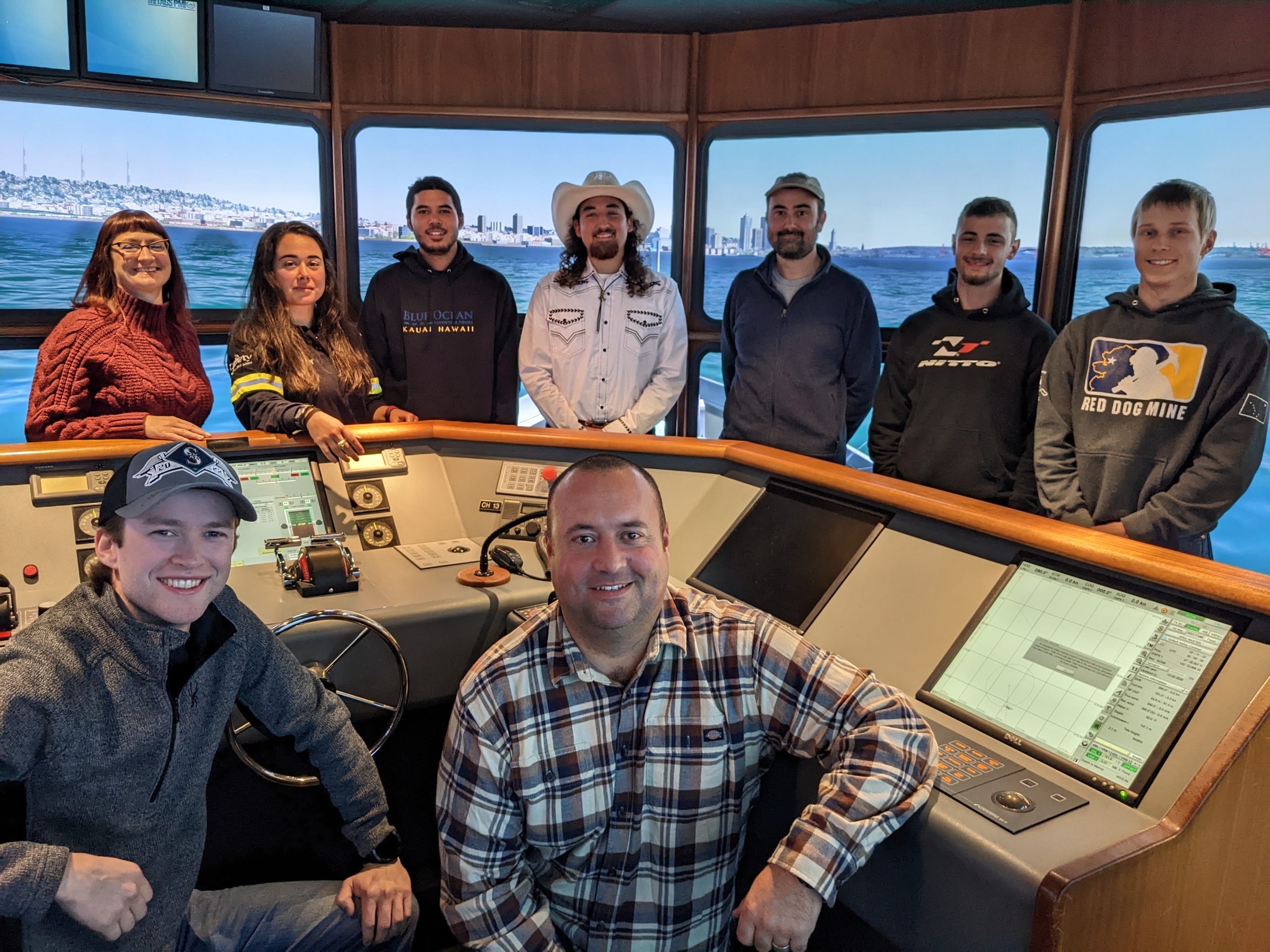MITAGS’ simulation partner Wärtsila has posted an article on its web site describing the growing role of simulation in port development and ship design. The article highlights MITAGS’ role as not just a pioneer in the use of simulators, but an industry leader in application of new technologies and capabilities. It mentions one notable project in which MITAGS utilized its simulation expertise to optimize the approach for very large crude carriers to an offshore oil terminal in Brazil. That simulation used data on currents gathered from sensor buoys to replicate the conditions faced by pilots. In another project an energy company is simulating a new offshore windfarm to establish the ‘operating window’ for service vessels – the weather conditions and sea states in which access is possible.
MITAGS’ Executive Director Glen Paine is quoted, “The time to find out a vessel cannot be safely maneuvered into a port is before the ship arrives,” “Additionally from the financial aspect, if you can only get a ship in for half the year due environmental conditions exceeding safe operational limits that’s probably not an investment you can afford to make. Today, engineering companies design the terminals /channels, and we program it into the simulator. This allows the pilots and engineers to evaluate the design to ensure the vessels can safety transit up to the design’s environmental operation limits. It also allows for optimizing the design to minimize dredging costs, and increase efficiencies.”
 “The fidelity of the hydrodynamic vessel models is key to having high confidence in the simulation results,” says Johan Ekvall, the Solutions & Business Development Director of Wärtsilä Voyage. “There are a number of theories explaining hydrodynamic effects around the world and we combine them, based on benchmarking, to get the most accurate representation. We have honed our modelling over several years and our large base of research and development customers means we have applied the models to many situations, giving us valuable feedback.”
“The fidelity of the hydrodynamic vessel models is key to having high confidence in the simulation results,” says Johan Ekvall, the Solutions & Business Development Director of Wärtsilä Voyage. “There are a number of theories explaining hydrodynamic effects around the world and we combine them, based on benchmarking, to get the most accurate representation. We have honed our modelling over several years and our large base of research and development customers means we have applied the models to many situations, giving us valuable feedback.”
Click here to read the article in its entirety on Wärtsila’s web site.



